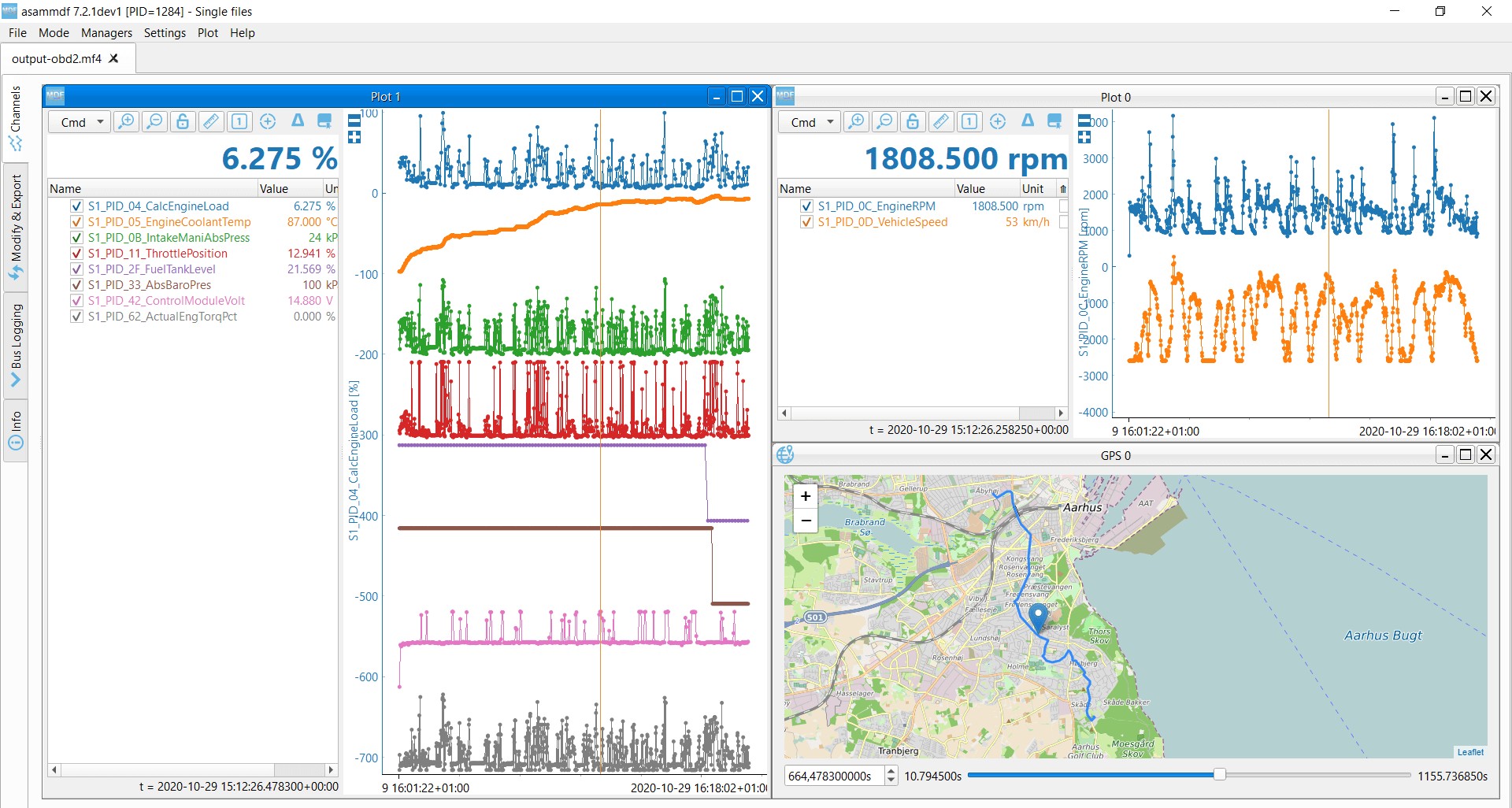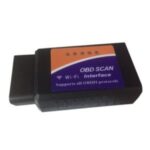Understanding your car’s performance and health is crucial for both maintenance and identifying potential issues. Obd2 Data Stream provides a window into the inner workings of your vehicle, offering valuable real-time insights. This comprehensive guide delves into the intricacies of OBD2 data, explaining how it works, its significance, and how you can leverage it for a better driving experience.
A breakdown of an OBD2 data frame, showing its key components.
What is OBD2 Data Stream?
OBD2, or On-Board Diagnostics version 2, is a standardized system in most modern vehicles (post-1996 in the US) that allows external devices to access real-time diagnostic data from the vehicle’s various electronic control units (ECUs). The OBD2 data stream is a continuous flow of this information, transmitted through the vehicle’s OBD2 port, typically located near the steering wheel. This data stream includes a wealth of parameters, such as:
- Vehicle Speed: Indicates the current speed of the vehicle.
- Engine RPM: Shows the engine’s revolutions per minute.
- Coolant Temperature: Monitors the engine’s operating temperature.
- Fuel Level: Displays the remaining fuel in the tank.
- Oxygen Sensor Readings: Measures the oxygen content in the exhaust gases.
- Mass Air Flow: Quantifies the amount of air entering the engine.
- Throttle Position: Indicates the driver’s accelerator pedal position.
- And many more… The specific parameters available depend on the vehicle’s make and model.
How Does OBD2 Data Stream Work?
The OBD2 system relies on a communication protocol, often CAN (Controller Area Network) bus, to transmit data between the ECUs and the OBD2 port. When an OBD2 scanner or data logger is connected to the port, it sends requests for specific parameters, identified by Parameter IDs (PIDs). The ECUs respond with the corresponding data values, encoded according to predefined rules. This request-response cycle happens continuously, creating the data stream. ISO 15765-4 standardizes how this communication occurs over CAN bus.
Why is OBD2 Data Stream Important?
Accessing the OBD2 data stream allows for:
- Real-time Diagnostics: Mechanics and car enthusiasts can monitor live sensor data to diagnose problems as they occur, pinpoint the source of malfunctions, and troubleshoot issues more efficiently.
- Performance Monitoring: Track key performance indicators like speed, acceleration, and fuel consumption to analyze driving habits, optimize vehicle performance, and improve fuel efficiency.
- Predictive Maintenance: By analyzing trends in the data stream, potential problems can be identified before they become major breakdowns, enabling proactive maintenance and reducing repair costs.
Accessing and Interpreting OBD2 Data Stream
Accessing the OBD2 data stream requires an OBD2 scanner or data logger. These devices connect to the OBD2 port and can display the data in real-time or log it for later analysis.
 OBD2 data decoded visual plot asammdf CAN bus DBC file
OBD2 data decoded visual plot asammdf CAN bus DBC file
Example of visualized and decoded OBD2 data using specialized software.
Interpreting the raw data requires understanding the specific PIDs and their corresponding decoding rules. A DBC (Database CAN) file, often provided by the vehicle manufacturer or third-party providers, contains this information and allows software to translate the raw data into human-readable values.
OBD2 Data Stream and the Future of Automotive Technology
OBD2 data stream is playing an increasingly important role in the evolution of automotive technology, enabling advancements in:
- Connected Car Technologies: OBD2 data can be transmitted wirelessly for remote diagnostics, fleet management, and usage-based insurance.
- Autonomous Driving: Self-driving cars rely on sensor data, including information from the OBD2 system, for navigation, decision-making, and safety features.
- Vehicle Security: OBD2 data can be used to detect and prevent unauthorized access to the vehicle’s systems.
Conclusion: Unlocking Your Car’s Potential with OBD2 Data Stream
OBD2 data stream provides a powerful tool for understanding and interacting with your vehicle. By tapping into this wealth of information, drivers, mechanics, and developers can unlock new possibilities for diagnostics, performance optimization, and the future of automotive technology. Understanding the fundamentals of OBD2 data is crucial for anyone seeking to delve deeper into the world of modern vehicles.
CANedge: OBD2 data logger
Learn more about OBD2 data logging with the CANedge device.
